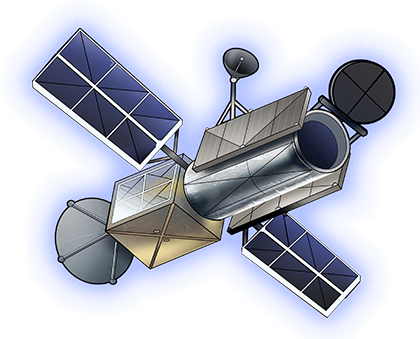Introduction
>>> The John Tebbutt Space Telescope <<<
"Good afternoon. As science director of the ASTRO John Tebbutt space astronomy team, I will be overseeing the observation and data collection efforts of the John Tebbutt Space Telescope, and I have been asked to brief you on the spacecraft's science mission.
The JTST will be a next-generation optical astronomy instrument, intended to directly capture images of exo-planets in orbit around other stars. From these images, the science team aims to extract several key measurements which will give us valuable information about the composition, structure and parameters of exo-planets.
This kind of data cannot be obtained with conventional ground-based optical or radio telescopes, and the very sensitive imaging stages demand that the system not only be placed well outside of the Earth's atmostphere, but also far away from both solar glare and Earthshine. Thus, after launch the spacecraft will be boosted into a synchronous orbit at the Earth-Sun system's L1 Lagrange point. This places it well away from photonic interference and allows us to cool the science payload to the low, deep-space temperatures needed to obtain such precise results.
Of course, the key question that the JTST hopes to answer is whether or not exo-planets support conditions that might give rise to extra-solar life. It is our hope that the telescope will be able to survey enough planets during its lifespan such that we have a good chance of finding that proverbial needle in a haystack.
So, from all of us here in the ASTRO science team, good luck: we're counting on you."



